
👉 link.springer.com/article/10.1...
#Alzheimer #Resilience #Neuroscience


👉 link.springer.com/article/10.1...
#Alzheimer #Resilience #Neuroscience

Join us. #FOGBoston
June 25 13:50 hrs Festival of Genomics.
Comments? Ideas? Message me
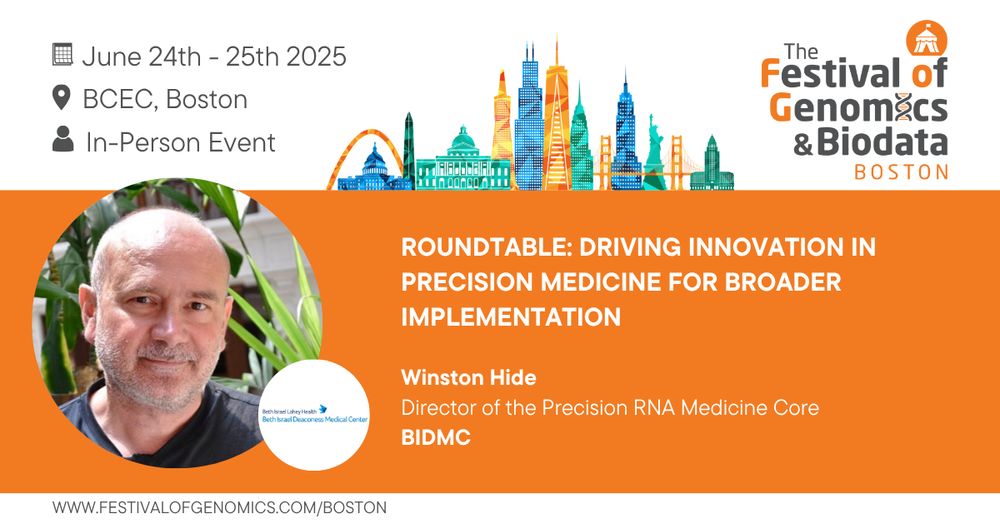
Join us. #FOGBoston
June 25 13:50 hrs Festival of Genomics.
Comments? Ideas? Message me
Real honour to get to present to the African RNA Salon - upcoming RNA biologists across Africa interested in translational RNA medicine. Qs: How can RNA technology impact public health in resource poor communities? Qs: is something as simple as refrigeration a show stopper?
Real honour to get to present to the African RNA Salon - upcoming RNA biologists across Africa interested in translational RNA medicine. Qs: How can RNA technology impact public health in resource poor communities? Qs: is something as simple as refrigeration a show stopper?
garymarcus.substack.com/p/why-do-lar...
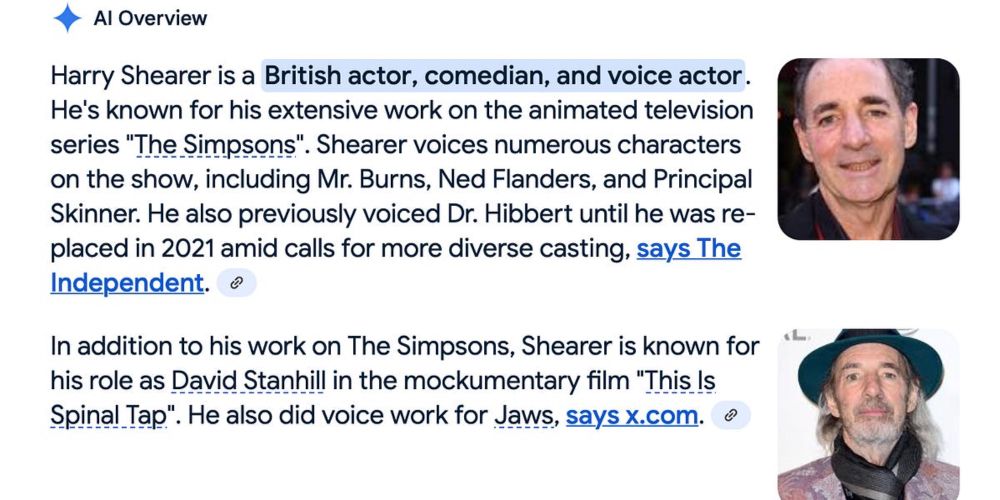
garymarcus.substack.com/p/why-do-lar...
www.nature.com/articles/s41...
www.nature.com/articles/d41...
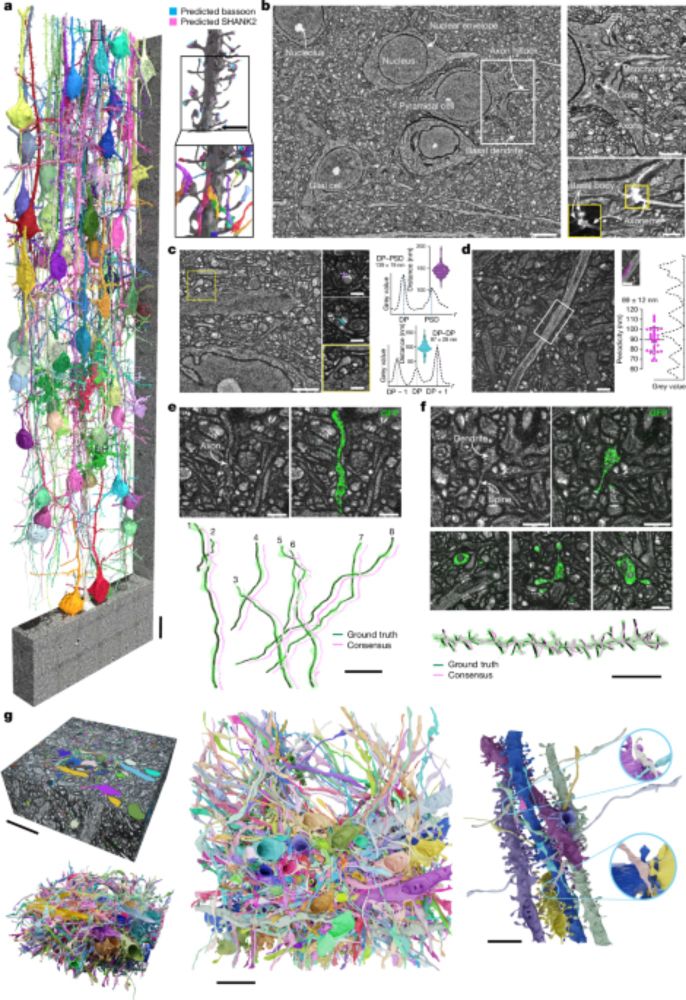
www.nature.com/articles/s41...
www.nature.com/articles/d41...

I got to chat w/ collaborators, mentors & promising students. 💬
And the city of Vienna is beautiful!! 🏛️👑🎻🖼️
I returned to Boston feeling inspired, creative & motivated. 💪🏻🙌🏻
In the pic w/ PI @winhide.bsky.social

Switching from a traditional African diet to Western food for just two weeks triggered inflammation, weakened immune responses, and activated disease-related processes in healthy men, according to…

community.alliancegenome.org/t/8362
🧬🧪 #GOSlims
ICYMI: community.alliancegenome.org/t/8343
community.alliancegenome.org/t/8362
🧬🧪 #GOSlims
ICYMI: community.alliancegenome.org/t/8343
➡️ (Senior) bioinformatician: join a collaborative project with @mhaniffa.bsky.social and Mo Lotfollahi, supporting the analysis of single-cell and spatial transcriptomics studies to train AI-based foundation models
Apply by 25 March
sanger.wd103.myworkdayjobs.com/en-US/Wellco...

www.dementiaresearcher.nihr.ac.uk/job/research...

www.dementiaresearcher.nihr.ac.uk/job/research...
Funding call with deadline 15 June, decisions in July.
www.embl.org/about/info/s...
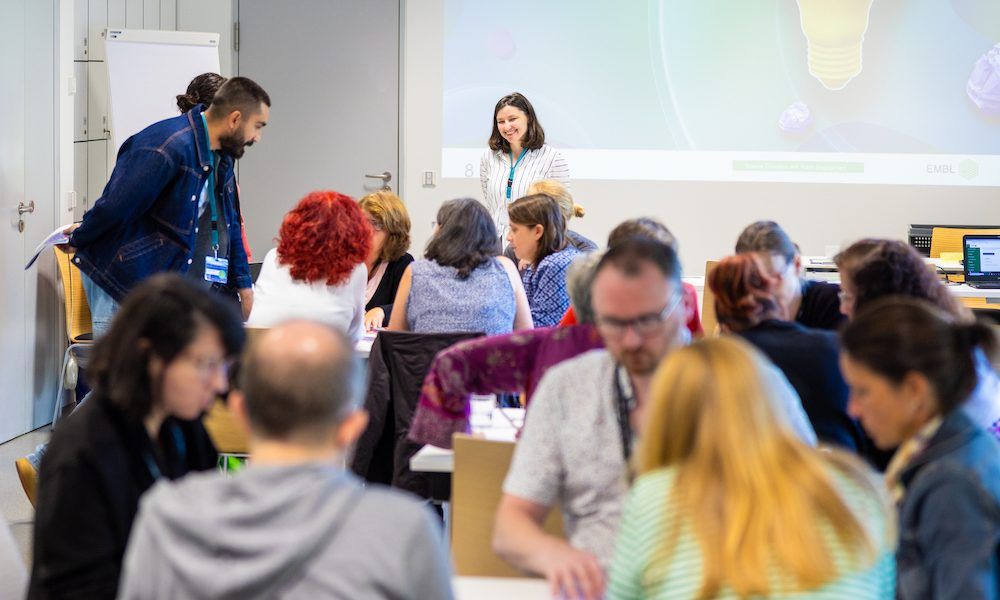
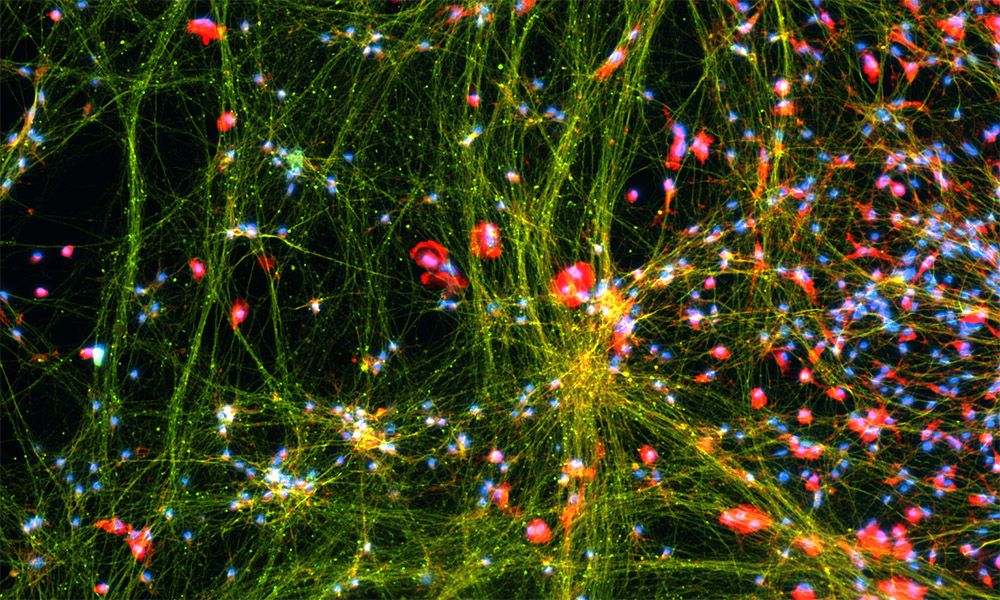
Funding call with deadline 15 June, decisions in July.
www.embl.org/about/info/s...
doi: doi.org/10.1038/d441...
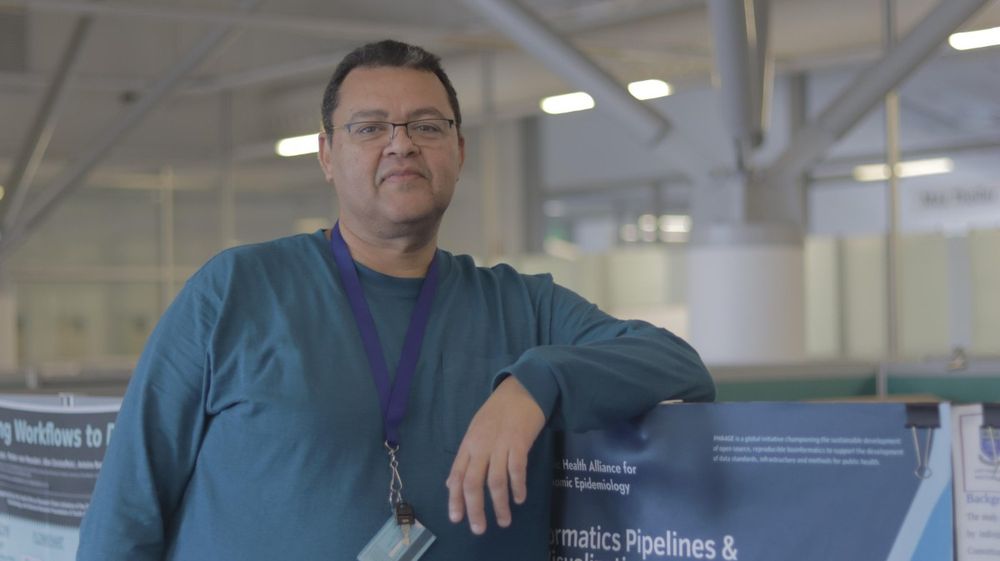
doi: doi.org/10.1038/d441...





By @arthurallen202.bsky.social
kffhealthnews.org/news/article...
www.spotlightnsp.co.za/2025/03/13/i...

www.spotlightnsp.co.za/2025/03/13/i...
On the US-Canada deep collaborations and partnership in science that absolutely need to be preserved despite "contemptuous musings on annexation to a tariff war"
science.org/doi/10.1126/...
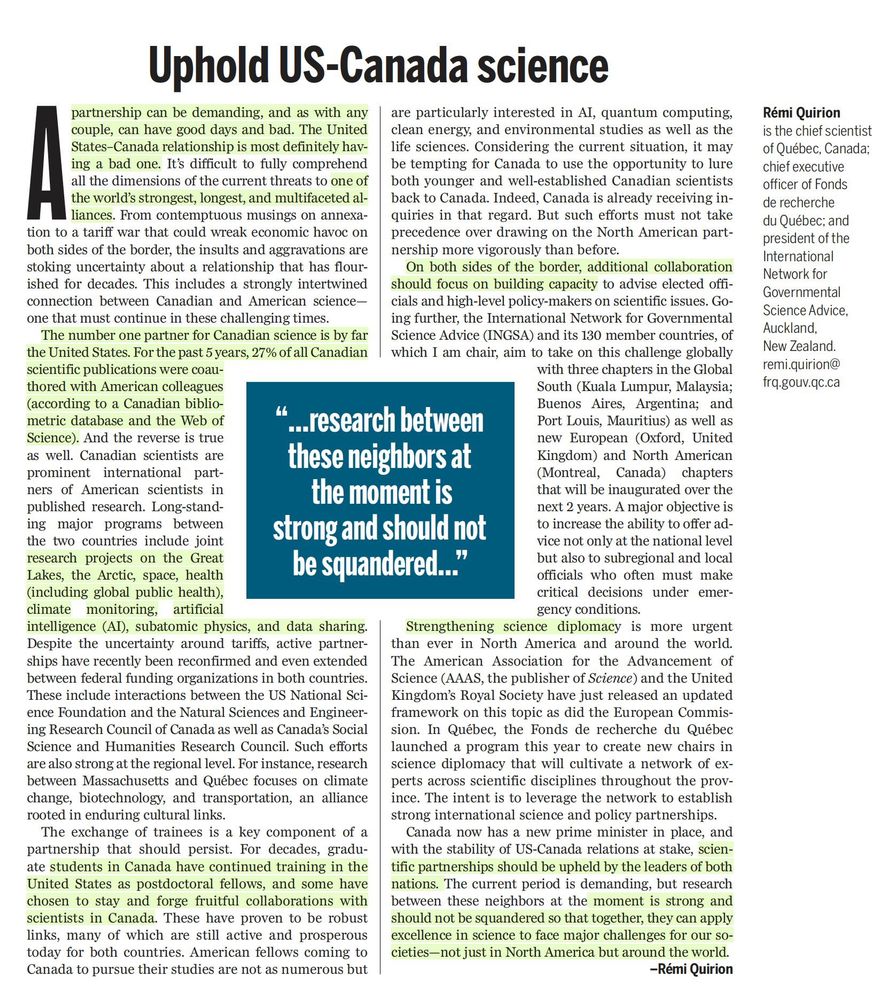
On the US-Canada deep collaborations and partnership in science that absolutely need to be preserved despite "contemptuous musings on annexation to a tariff war"
science.org/doi/10.1126/...
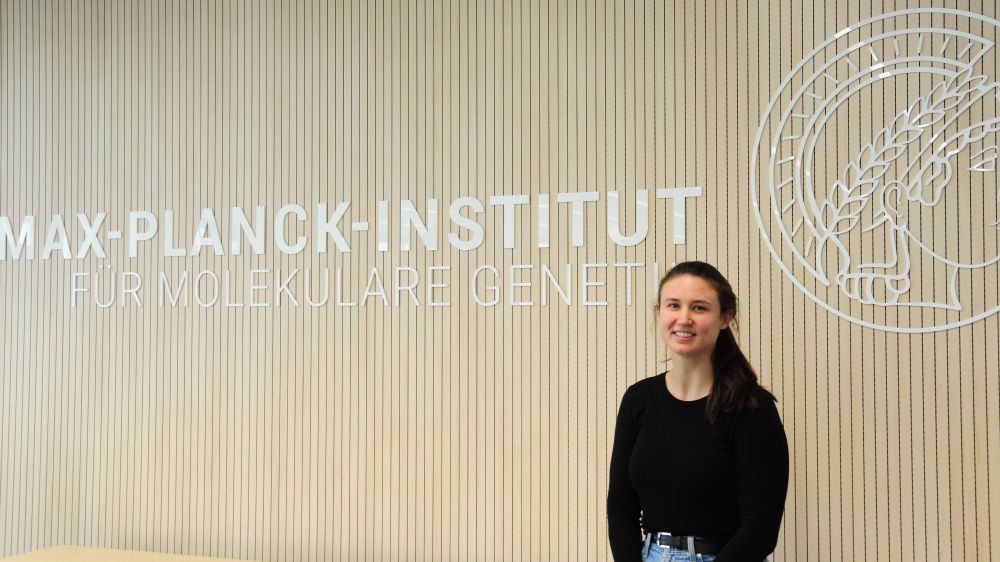
Jo McEntyre will step into the role of Interim Director of EMBL-EBI, as Ewan Birney transitions to a new position as Executive Director of EMBL following Edith Heard’s upcoming departure.
www.ebi.ac.uk/about/news/a...

